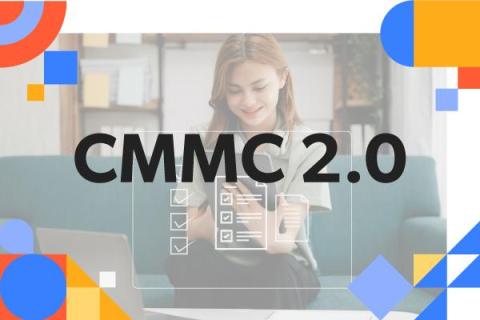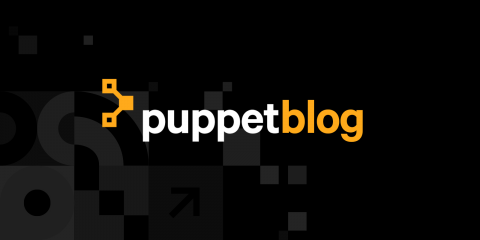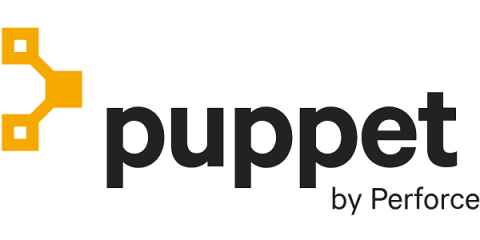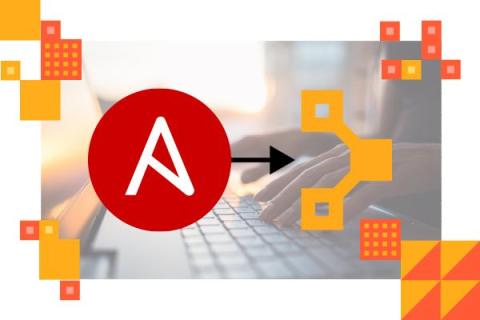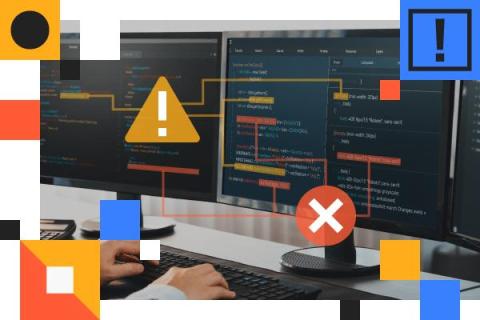Automate CMMC 2.0 Requirements: Everything You Need to Know to Stay Compliant
CMMC 2.0 requirements are here — and The Cybersecurity Maturity Model Certification (CMMC) is mandatory for organizations involved in the Defense Industrial Base (DIB). Established by the Department of Defense, this framework outlines strict cybersecurity standards, aiming to safeguard Controlled Unclassified Information (CUI) throughout for contractors and subcontractors of the Department.


